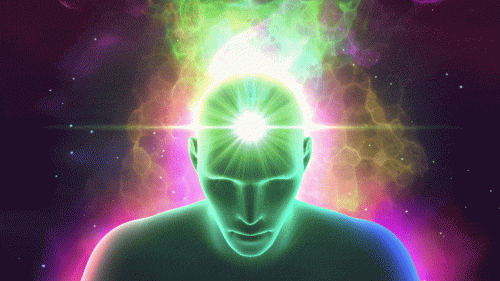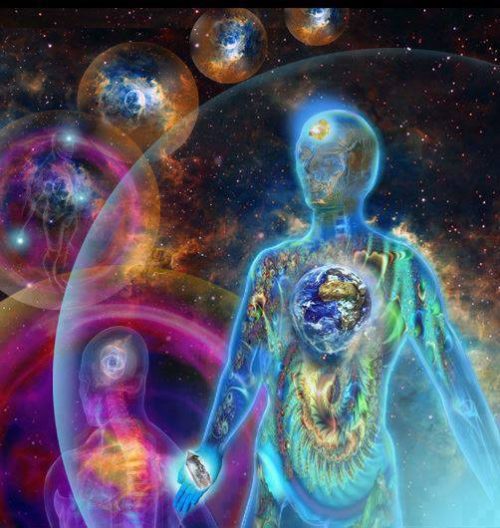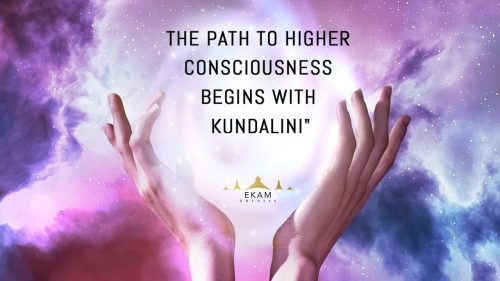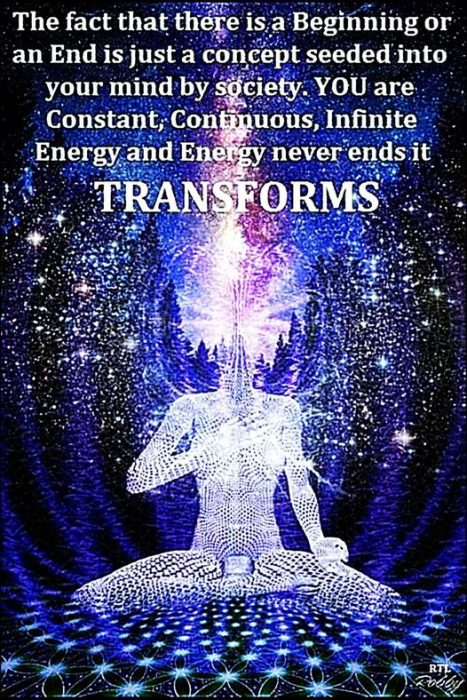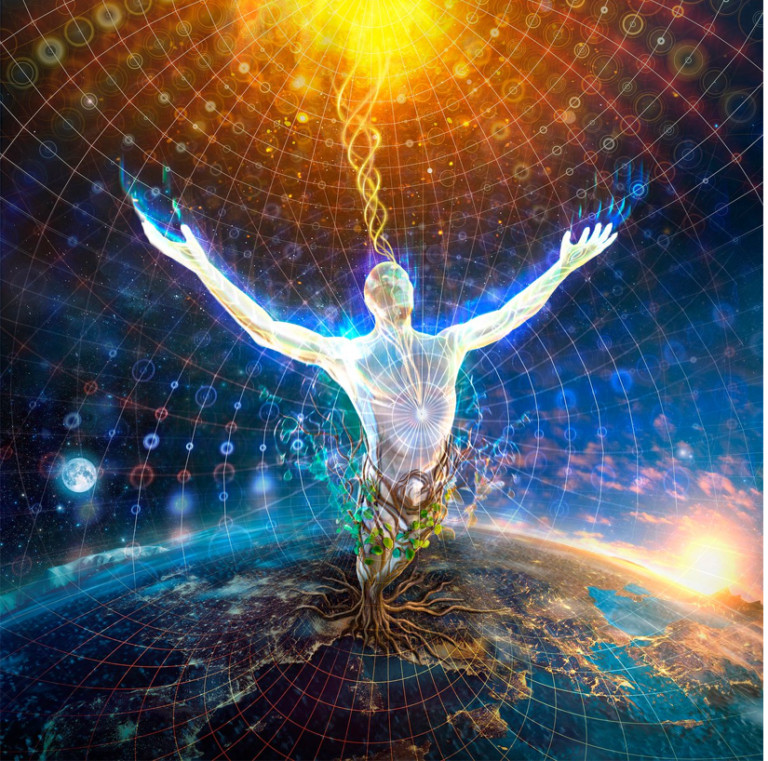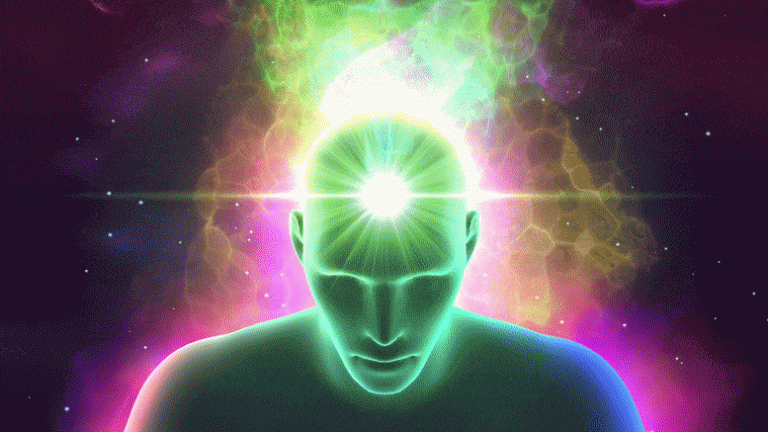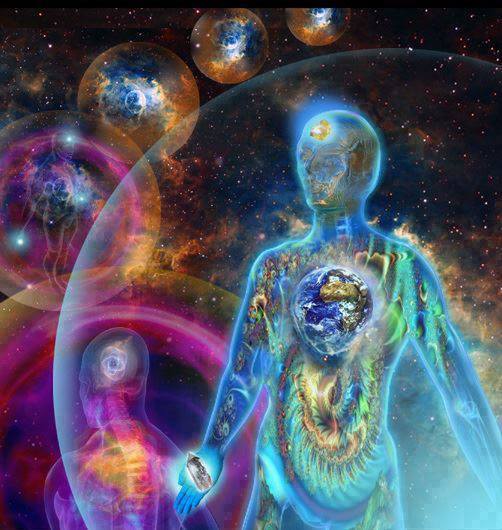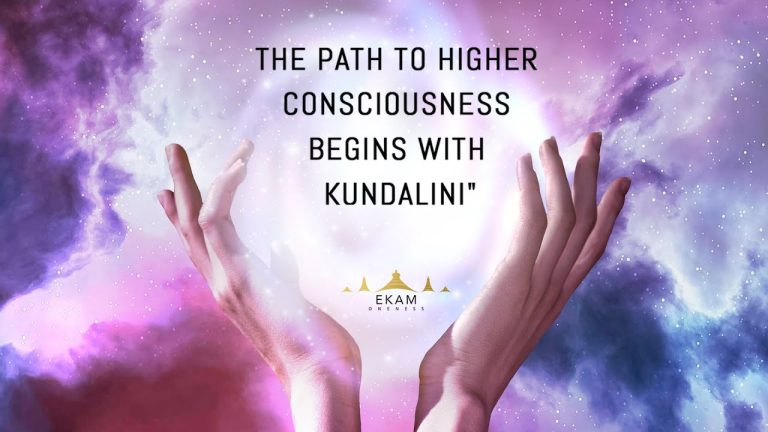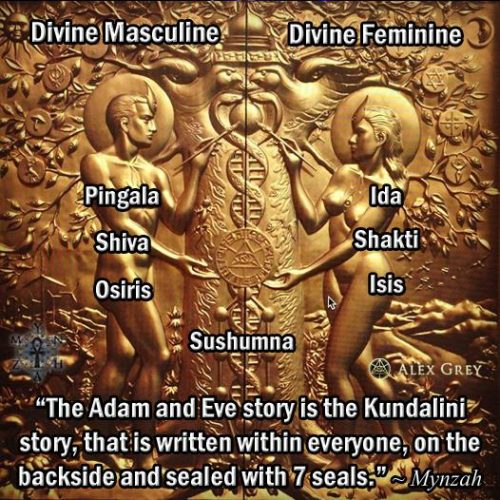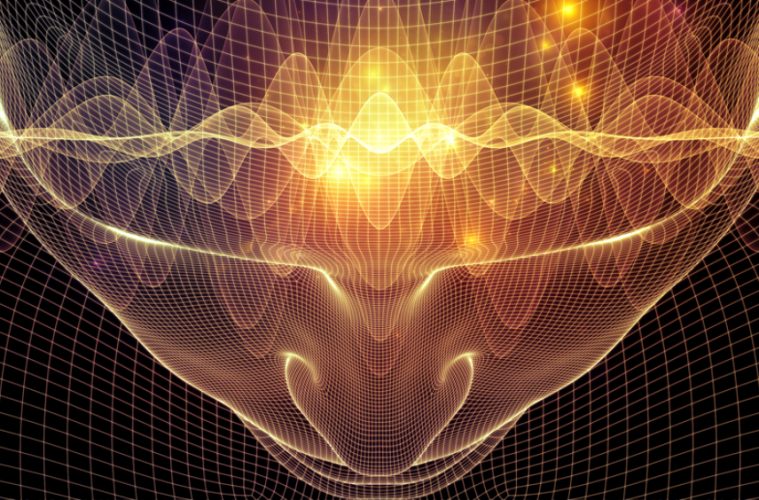
Breaking New Ground – The illumination experienced in the state of egoless understanding is the awakening of a new consciousness. In this state, understanding brings non-discriminating differentiation, transcendent in nature
True self is characterized by illumination, or absolute understanding, while false self is marked by partial vision, or discrimination associated with ignorance.
The illumination experienced in the state of egoless understanding is the awakening of a new consciousness. In this state, understanding brings non-discriminating differentiation, transcendent in nature.
First, enlightenment. Wonhyo distinguishes tathfigata-garbha —true self — from ego, false self. True self is characterized by illumination, or absolute understanding, while false self is marked by partial vision, or discrimination associated with ignorance. The illumination experienced in the state of egoless understanding is the awakening of a new consciousness. In this state, understanding brings non-discriminating differentiation, transcendent in nature.
To elaborate: This enlightened understanding is an intuitive, immediate awareness or discernment, whereas the understanding of conscious ego is a mediated, inferential or intellectual process.
Through immediate awareness, the total reality is experienced; through mediated knowledge the particularity and partiality of reality are known. It is said that the enlightened understanding comprehends the changeless totality within ever-changing phenomena: non-discriminating differentiation.
The totality itself is invisible, inexpressible and beyond the reach of all intellectual processes: transcendent. The enlightened understanding can be reached by a break-through of ego-consciousness to a true self.
Similarly, the symbol is understood as an expression of something unknown, and unknowable by intellectual processes. It points beyond itself to the archetype. Symbolic understanding occurs when there is a confrontation between the conscious ego and the archetypal level, the collective unconscious. That is, the ego experiences the transcendent in the archetype itself.
The archetype is the lumen naturae (light of nature), which brings light to consciousness. As lumen naturae the archetype is transcendent; to experience its effect develops ego-consciousness into Self-consciousness. That is, the Self is experienced and expressed as the true source of the ego.
This transformation — the process of becoming egoless or experiencing the totality of one’s psyche — is the aim of Jungian analysis.
The second aspect of egoless understanding — closely related to enlightened understanding — is that of the void. This understanding occurs through the illumination of true self, which makes void the ego. Making void the ego is achieved by the ego’s dis-identification with mental contents, thus leaving no contents to understand.
It is no longer preoccupied with the images of things, but merely reflects them.
In Buddhism the ego is a consuming affection; all Buddhistic teachings are related, implicitly or explicitly, to liberation from the ego. Wonhyo (1987) clarifies, above all, the meaning of voidness or nothingness in connection with the ego.
The ego is characterized by clinging-to-itself, resulting in clinging-to-others. The clinging-to-ego is by nature exclusive not inclusive, rejecting not embracing, conflicting not harmonious, and diametrically opposed to the all-inclusive and all-embracing totality.
Because of such characteristics of the ego. totality or total understanding is usually hidden from humans, who tend to see one thing from a particular frame of reference. In contrast, with voidness of ego one is not bound by any particular realm or frame of reference, because voidness as a sphere of ultimate transcendence goes beyond all the polarizing dualities.
A person’s observation and understanding are beyond all frames of reference and positions. The frame of reference is set not on one specific stand or dimension, but on totality, in which diverse aspects will manifest themselves in harmony. Indeed, totality and harmony are inaccessible without a thorough eradication of the clinging or attachment to the ego.
In such voidness or void-consciousness, the all-inclusive and all-embracing totality of true self discloses and renders things — living and non-living in the world — in the utmost fullness and vividness. The void nature of Wonhyo’s egoless understanding may be comprehended in analytical psychology as “letting things happen.”
Jung wrote: We must be able to let things happen in the psyche. For us, this is an art of which most people know nothing. Conscious ego is never leaving the psychic processes to grow in peace. … The conscious mind raises innumerable objections; in fact it often seems bent on blotting out the spontaneous fantasy activity. …The exercises must be continued until one can let things happen. In this way a new attitude is created, an attitude that accepts the irrational and the incomprehensible, simply because it is happening. (CW 13, par. 20)
In such a process the transcendent function of the archetype is brought about, resulting in greater egolessness, the state in which the Self as psychic totality is experienced. For Jung the experience of the Self means the end of exclusive ego-consciousness.
The third feature, subject-object oneness, is called mystic. because there is no distinction between the knower and the known. This feature is closely interrelated with the first two features of egoless understanding, the enlightening and the void. This oneness, according to Wonhyo (1991), is an inner experience disclosed by the light of one’s true self, making void the ego and thereby nullifying the distinction between subject and object. In the unity of all things, everything breaks through the shell of itself and interfuses and identifies with every other thing. One is all and all is one.
All selves dissolve into one and exist only to the extent that they disappear into all other selves. The point here is the dissolution of the conscious ego, revealing the true self as illuminating light, which leads to subject-object oneness, a mystic experience.
Further, Wonhyo (1991) says that in the state of oneness there is no room for speech because, if we speak of a certain thing, it becomes the object, with ourselves as the subject and subject-object oneness exists no longer. Understanding in the state of oneness is a total union through ontological experience, non-differentiated and non-discriminated. In such a state, reality can be experienced imme-diately — with no medium of concepts and knowledge.
Wonhyo (1986) refers to immediate intuition or immediate experience, entirely distinguished from intellectual understanding. Intellect is necessarily dualistic because it posits subject and object.
The mystic experience of subject-object oneness is identical with a numinous experience of the archetype, in the process of symbolic understanding. In this process, the experience of the archetype transcends the discriminative, dichotomizing nature of the con-scious ego into the subject-object oneness of the Self.
The healing power of the resulting numinosity is central to Jung’s work: “The main interest of my work is not concerned with the treatment of neuroses but rather in the approach to the numinous … The approach to the numinous is the real therapy and inasmuch as you attain to the numinous experiences you are released from the curse of pathology” (Let-I, p. 377).
Thus, the ego is transformed into the Self and all the contrary relations of the human being with the world manifest themselves harmoniously as an identity designated by Jung as inysterium coniunclionis can be regarded as analogous to subject-object oneness. (See Lee & Kim, 1995).
In summary, Wonhyo’s egoless understanding is basically simi-lar to Jung’s symbolic understanding in that they are concerned with the realization of totality or oneness through the illuminating disclo-sure as true self, in which the ego has been transcended. In this context, I think that Jung understood Eastern thought as a whole to be a symbolic psychology and Eastern philosophers to be symbolic psychologists.
